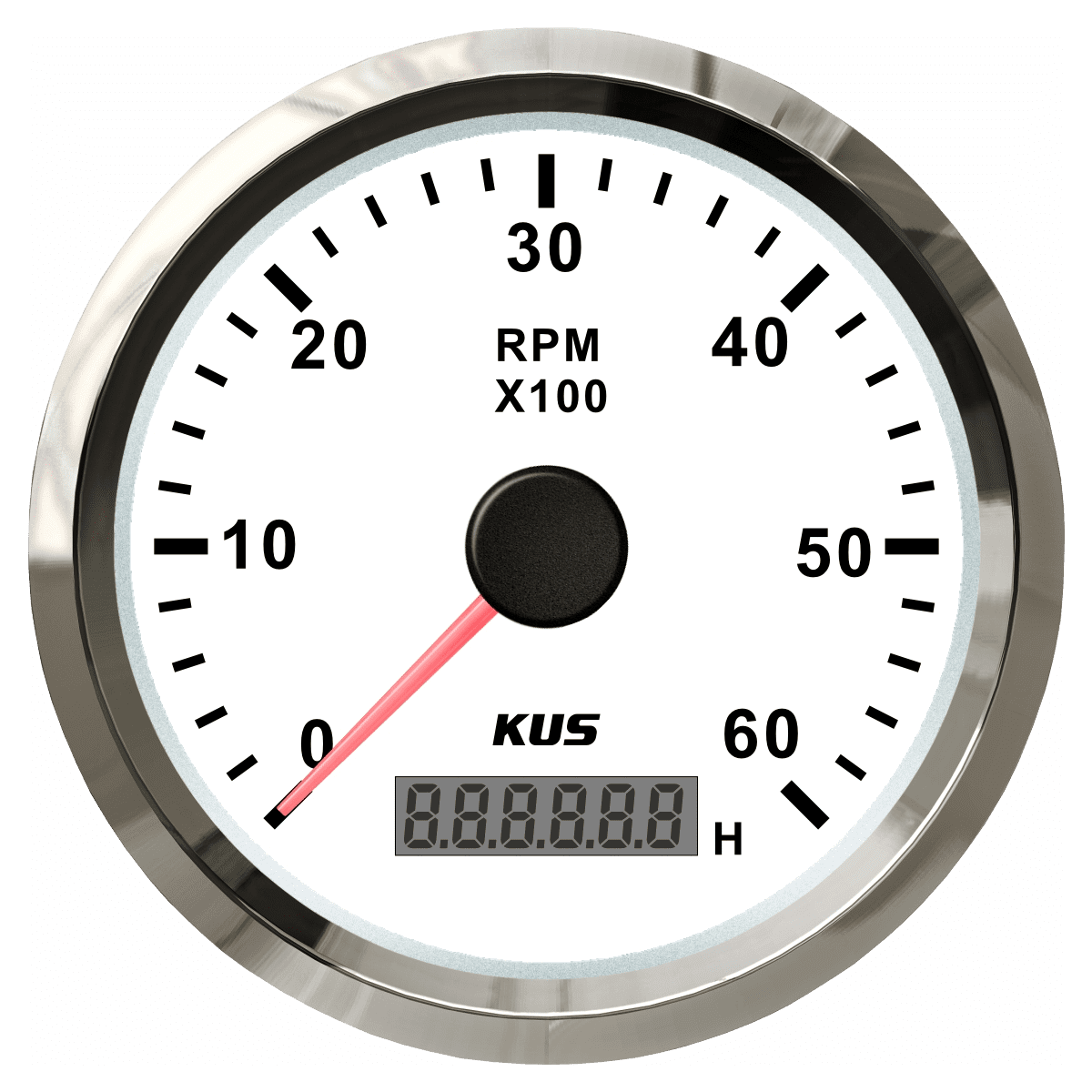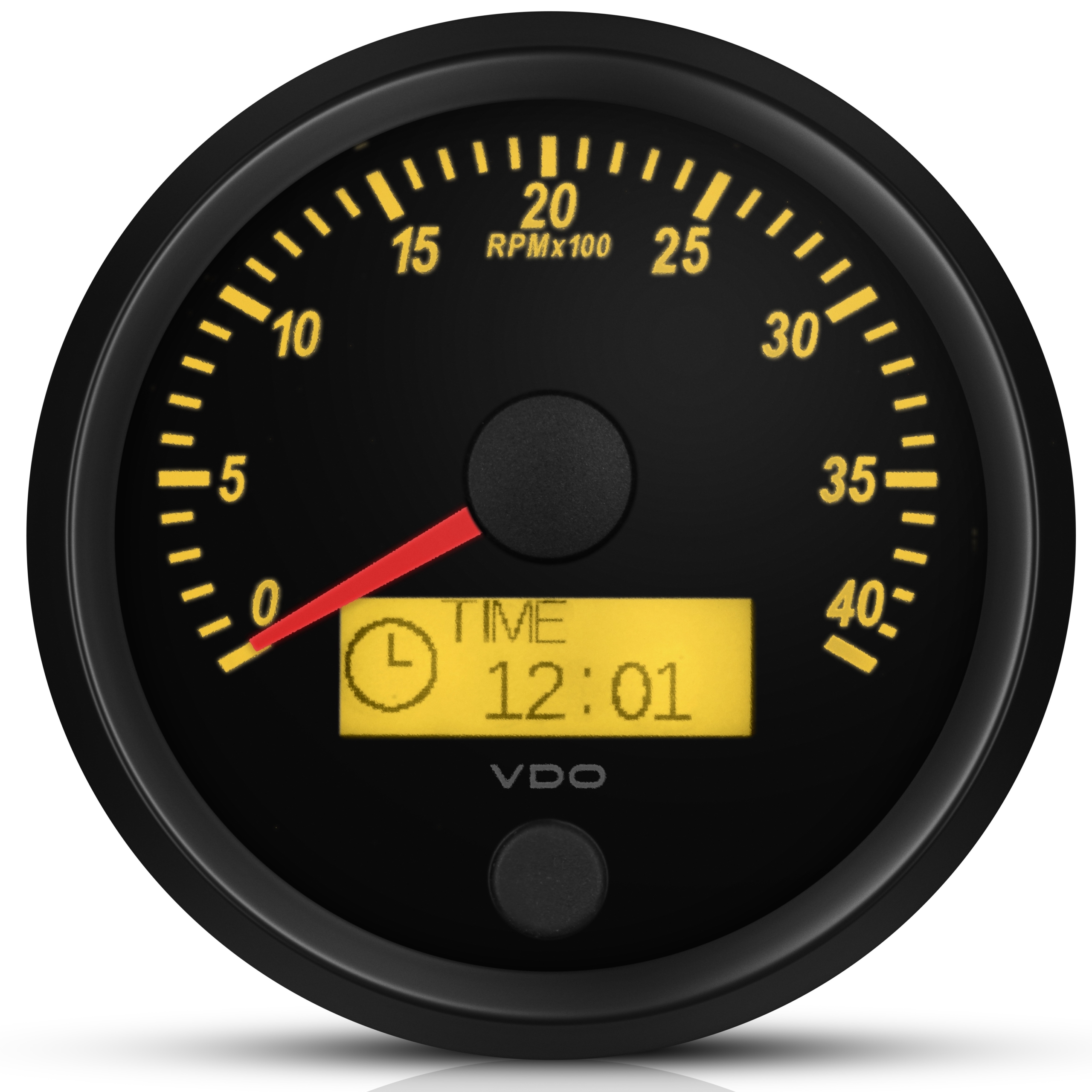Discover How a Tachometer Can Enhance Your Automobile's Performance
Discover How a Tachometer Can Enhance Your Automobile's Performance
Blog Article
The Value of a Tachometer in Keeping Track Of Engine Rate and Performance in Automotive Applications
In the world of automobile design, the tachometer stands as a critical tool in the vehicle driver's collection, providing a straight window right into the inner operations of a car's engine. Beyond its function as a simple gauge of transformations per min (RPM), the tachometer works as a crucial tool for enthusiasts and specialists alike, providing real-time insights into engine efficiency and health. Understanding the value of this tool goes past surface-level observations, delving right into the intricate partnership between engine speed, power result, and total driving experience. As we explore the diverse duty of the tachometer in auto applications, a much deeper gratitude for its influence on vehicle dynamics and effectiveness starts to arise.
Importance of Checking Engine RPM
Keeping track of engine RPM, or changes per minute, is a vital element of automobile maintenance and performance assessment. Engine RPM directly correlates with the speed at which the engine's crankshaft rotates, indicating just how promptly the engine is running - tachometer. By keeping track of RPM, technicians can evaluate the health and wellness of the engine, find prospective problems, and fine-tune efficiency. An unusual RPM analysis may signal troubles such as engine misfires, damaged trigger plugs, or issues with the gas shipment system. Regularly high RPM analyses can suggest hostile driving behaviors or the demand for a higher gear change to boost gas efficiency.
Additionally, keeping an eye on engine RPM is important for efficiency examination in auto racing and high-performance cars. Maintaining ideal RPM levels is crucial for achieving peak power outcome and velocity. Racers commonly utilize tachometers to guarantee they are running within the suitable RPM variety for maximum efficiency. In summary, keeping track of engine RPM is not just important for spotting problems yet likewise for maximizing engine efficiency in numerous automobile applications.

Advantages of Real-Time Data
In vehicle applications, real-time data plays a crucial function in supplying instant insights into the efficiency and problem of the automobile. By constantly keeping an eye on various specifications such as engine rate, temperature level, fuel usage, and a lot more, real-time data provides many benefits that add to boosted performance and safety and security when driving.
Additionally, real-time information promotes performance optimization by supplying prompt responses on driving practices and engine effectiveness. Drivers can readjust their actions in real-time based on this info to achieve much better gas economic situation and extend the lifespan of their lorry.

In addition, real-time data plays a crucial function in modern-day auto diagnostics, allowing professionals to promptly detect and address breakdowns. This leads to decreased downtime, lower upkeep expenses, and inevitably, enhanced general car dependability and long life (tachometer). By harnessing the power of real-time data, automotive stakeholders can make informed decisions that favorably affect both the efficiency and durability of the car
Impact on Gear Shifts
Reliable gear changes in automotive applications site link substantially affect total performance and driving experience. The tachometer plays a crucial role in enhancing gear changes by offering real-time engine speed data to the driver. When approaching the redline on the tachometer, it signifies the vehicle driver to upshift to stop over-revving the engine and triggering possible damages. On the other hand, downshifting at the right moment can aid preserve the engine in its power band, making sure responsive velocity when required.
In addition, the tachometer aids in achieving smoother equipment transitions, specifically in hand-operated transmissions. By keeping track of why not check here engine speed, chauffeurs can carry out gear shifts at the optimum RPM variety, lowering jerking activities and lessening wear on the transmission elements. This accuracy on duty modifications not just improves driving convenience however additionally adds to fuel effectiveness.
Enhancing Gas Performance
Offered the critical role the tachometer plays in optimizing equipment changes for efficiency and engine health and wellness, it directly contributes to taking full advantage of fuel effectiveness in auto applications. By providing real-time feedback on engine rate, the tachometer helps drivers in keeping one of the most effective RPM variety for fuel economic situation. When vehicle drivers constantly check the tachometer and change their motoring routines as necessary, they can avoid unneeded gas usage created by over-revving or carrying the engine.
Additionally, the tachometer aids chauffeurs identify the most fuel-efficient gear to be in at any given moment, avoiding the engine from functioning more challenging than needed. This is especially essential during velocity and cruising, where remaining in the right equipment can substantially influence fuel effectiveness. In addition, the tachometer can notify motorists to possible mechanical concerns that could be adversely affecting gas economy, such as a sliding clutch or a clogged up air filter. In final thought, the tachometer acts as a useful tool in improving fuel effectiveness by advertising ideal driving news habits and determining areas for improvement in the lorry's efficiency.

Maximizing Engine Longevity
The tachometer's function in keeping track of engine speed and performance contributes in making sure the long life of automobile engines. By using the tachometer successfully, chauffeurs can optimize engine durability through conscious RPM management. Constantly revving an engine too high can lead to too much wear and tear on critical components, such as the pistons, valves, and bearings. With time, this can lead to reduced engine efficiency and prospective breakdowns. Keeping track of the tachometer permits motorists to remain within the advised RPM variety for their vehicle, avoiding unneeded stress on the engine and expanding its lifespan.

Verdict
To conclude, the tachometer plays a vital function in checking engine rate and performance in auto applications. By giving real-time information on RPM, it enables reliable equipment shifts, boosted gas efficiency, and optimized engine durability. This tool is important for maintaining optimal engine performance and making sure the overall capability of a car.
Report this page